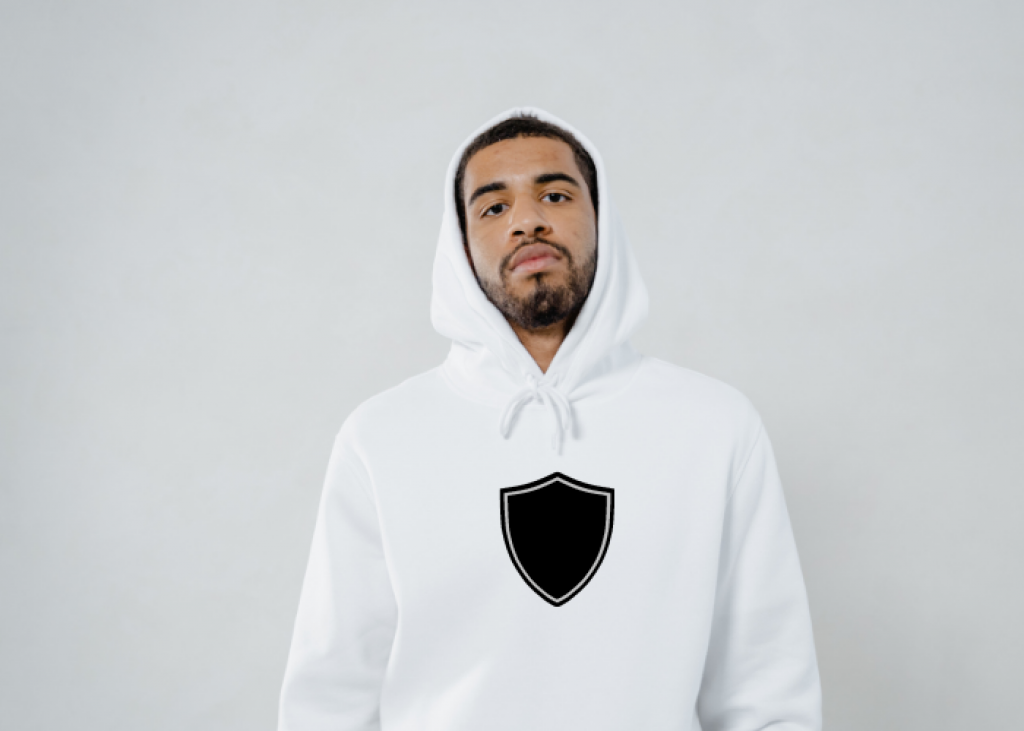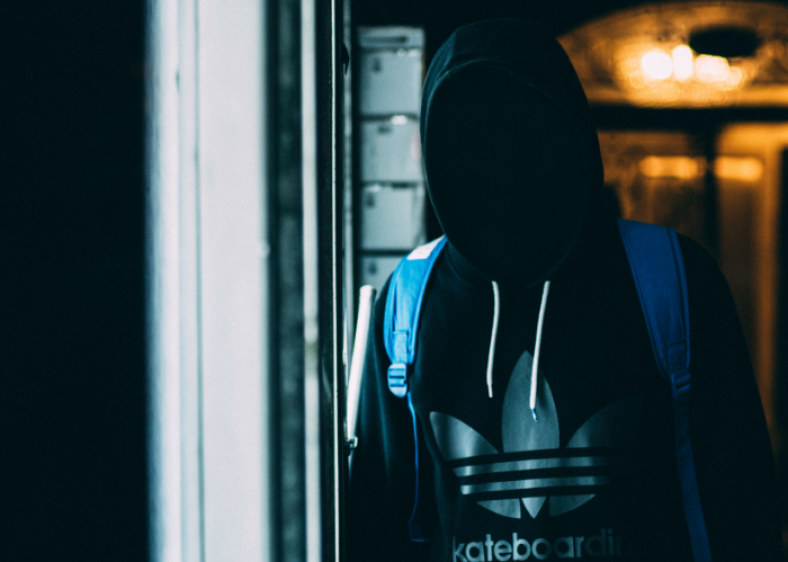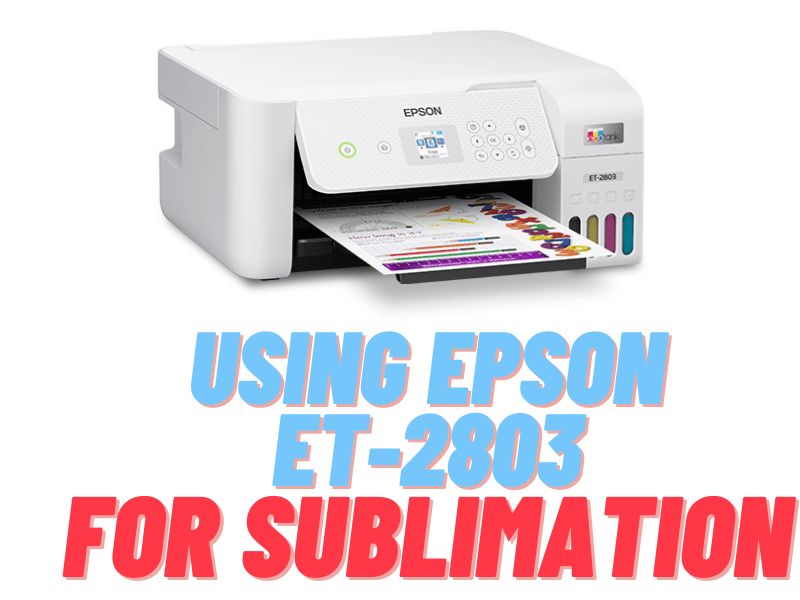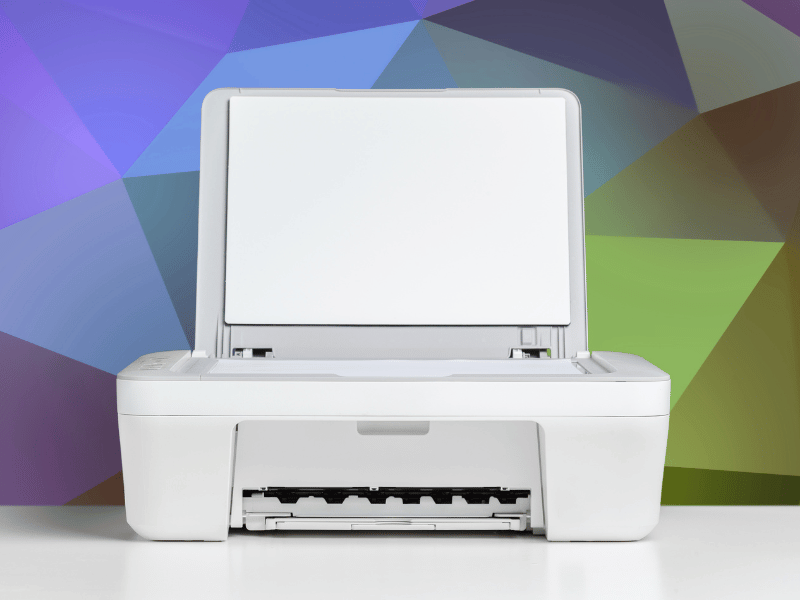The textile printing sector has experienced a drastic change in technology with more businesses embracing digital printing. Digitalization in this industry makes it easy to handle intricate print designs, improve production, fabric performance, and simplify the process. Further, now you can print a design with endless color options and the clarity of a photograph.
Thanks to digitalization, the cost of production is significantly low. The new printing technology is ink efficient and can handle more tasks with less labor. When talking of digital printing, several methods fit this description. But today, we’ll focus on DTF (Direct to Film) printing.
Even so, it’s worth mentioning other digital textile printing processes. They include:
- Direct to Film
- Direct to Garment
- Digital Textile Printing
- Digital Sublimation Printing
What do you mean by DTF printing?
DTF is a digital printing method that’s also known as Direct to Film printing. The major components in this process are the digital technology plus the special film that makes this process possible. Further, it has a noteworthy feature that makes it extremely popular in the textile industry.
And that’s the ability to print on all kinds of garments regardless of material or color. Therefore, whether you’re dealing with polyester, rayon, synthetic fibers, silk, or cotton, this technique doesn’t disappoint.
DTF Printing Equipments:

Want to start a DTF printing business or do you want to upgrade your existing company? Well, knowing the types of equipment you’ll need for this printing method is crucial. Whichever way you want to engage Direct to Film printing in your business, it doesn’t demand a heavy investment. With a small fortune, you can manage to procure the following essential pieces of equipment and materials:
1. DTF Printer:
This is one of the essential pieces of equipment on this list. DTF printers are also popular as direct to film modified printers. They’re mainly ink tank printers with at least six different colors. And these include printer models like L1800, L805, and XP1500, they’re all from Epson.
These printer series happens to be the best choice because they support at least 6 individual color inks. And this provides the ability to handle CMYK models. Also, the rollers that feed the printer with pages are eliminated, preventing unnecessary marks from building on the film.
2. Heat Press Machine:
This is a piece of machine that completes the last stage of image transfer from the film to the garment. Also, you can leverage it in melting the adhesive powder if you don’t have a heater. However, you need to be careful with the distance you leave between the hot plate and the film.
3. Curing Oven:
If you’re looking for a sophisticated approach when handling the adhesive powder, a curing oven will do. You can use it to cure multiple files simultaneously if you get the right size. However, ensure the oven you pick is an industrial one that you won’t use in the kitchen with food. As we’ve mentioned earlier, you can still use the heat press strategically to melt the adhesive powder on the transfer film.
4. Auto powder shaker:
If you’re running a commercial direct to film printing company, then an auto powder shaker is essential in the process. It ensures your print quality remains consistent for client satisfaction. In addition, it also eliminates excess adhesive powder allowing for an even film.
5. Adhesive powder:
The transfer of the image from the film to the garment or fabric is impossible with the absence of adhesive powder. After curing, it turns into some form of glue that binds the design with fabric. When getting this powder, it’s important to note that they come in different grades. You will find them graded in microns. Thus before you choose it, understand what the various microns represent and the size that fits your design.
6. Direct to Film Printing Ink:
There are special inks just for DTF printing. Therefore, don’t be quick in buying just any type of printing ink. Oftentimes, they’re available in the following forms white color, black, yellow, magenta, and cyan. White ink is crucial in this process since it forms the foundation for the entire design. Therefore, without it, the print quality would be less vibrant.
7. Software:
This is the first tool you will use when initiating the direct to film process. It provides you with a platform to design the art you will print on the fabric. Further, the software also influences print quality. It affects the print traits, color performance, and how the print will look on the fabric.
Since its DTF, you’ll need special RIP software that you’ll use for image designing. Such software will handle white ink and CMYK colors efficiently. Also note, ink levels, color profiling, and drop sizes among other elements are regulated by RIP software. In other words, this software is responsible for image optimization.
8. PET Films:
For image transfer to take place, you’ll need PET films, which are specifically for DTF printing. They are unique films with 0.75mm thickness and excellent transfer traits. When looking for one in the market, search for DTF transfer films.
This is a common term that makes it easy to locate them in online stores. You can procure them in sheets or rolls if you are using them for commercial. Based on the temperature when you’re peeling, you can buy cold or hot peel PET films.
9. Materials:
DTF is best for all types of textile material including synthetic fibers, silk, terrycot, rayon, or cotton. Therefore, nothing is limiting when it comes to the choice of fabric.
Final Take:
Lastly, if you have the above pieces of equipment, you’re cleared to start your DTF venture. With this latest technique in the textile printing sector, there’re hardly any restrictions to worry about. Practically, lifts the limitations that were hindering flexibility in the textile printing sector. And this applies mostly to the choice of fabric you can work on.
With the efficiency in ink usage no call for pre-treatment, the cost of production is not alarming. In return, you’ll enjoy more profits than you would when using other printing methods. Further, massive growth in the printing industry is anticipated since businesses can print on various fabrics now. Finally, Direct to film printing is considered a productive way of printing on fabrics economically.




